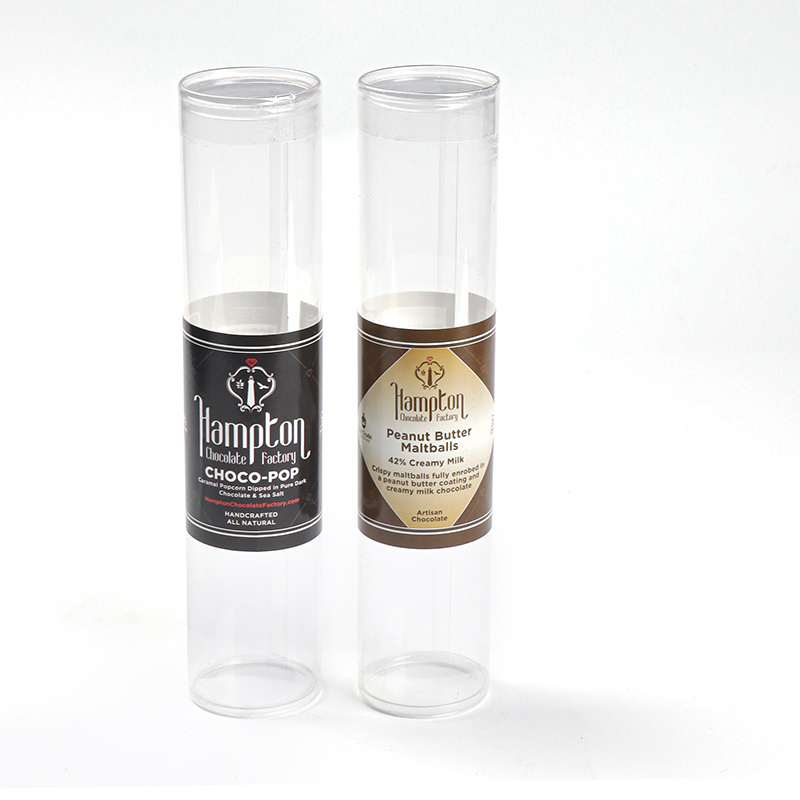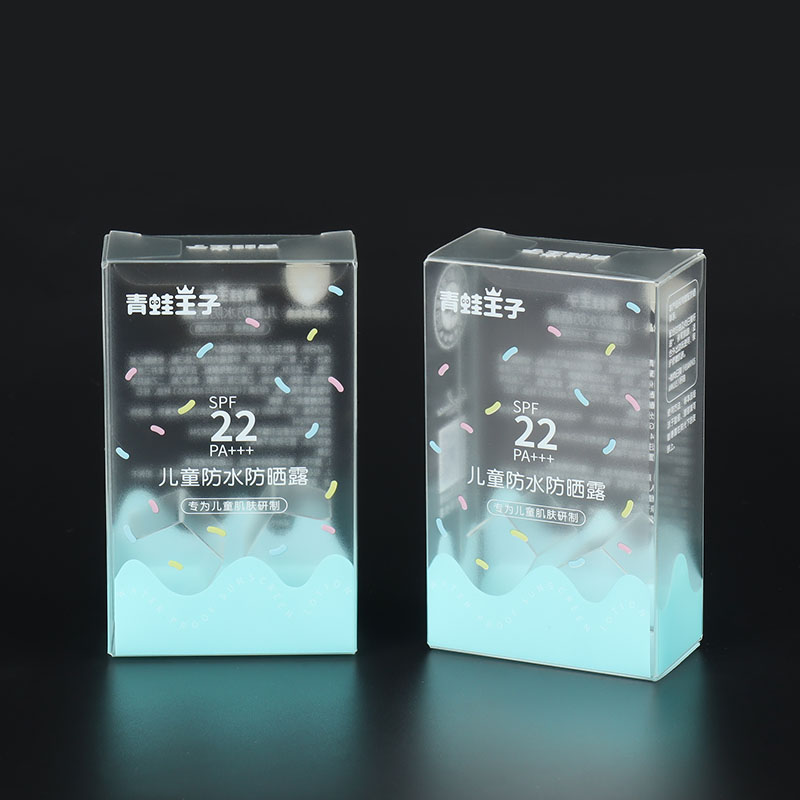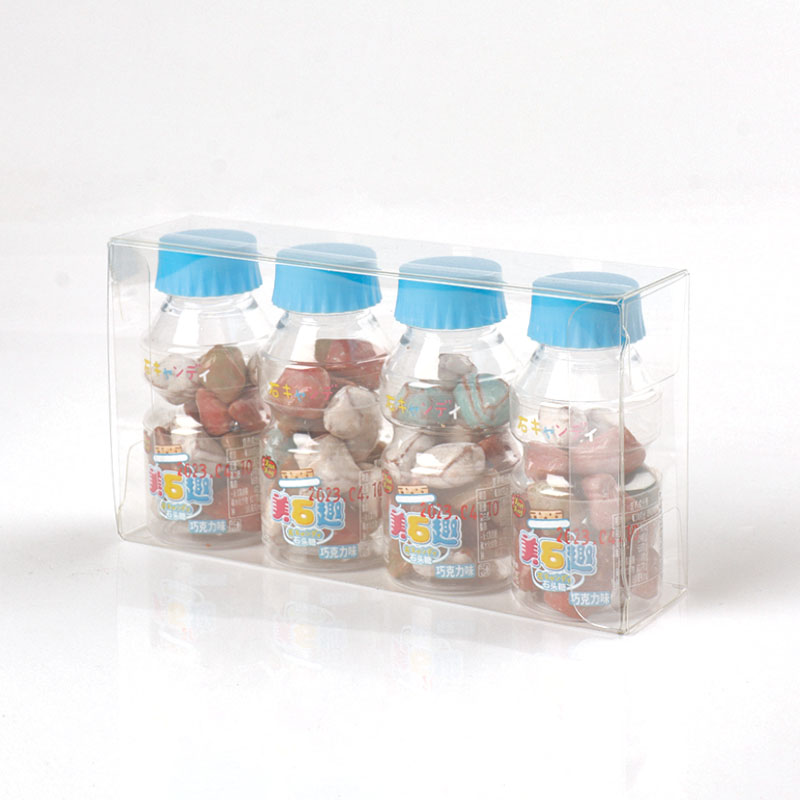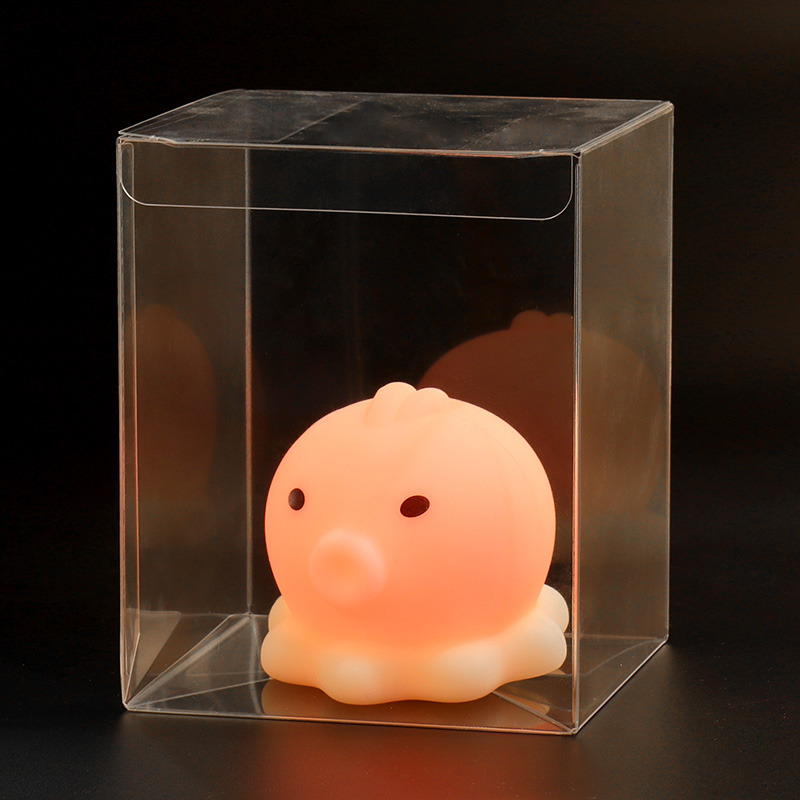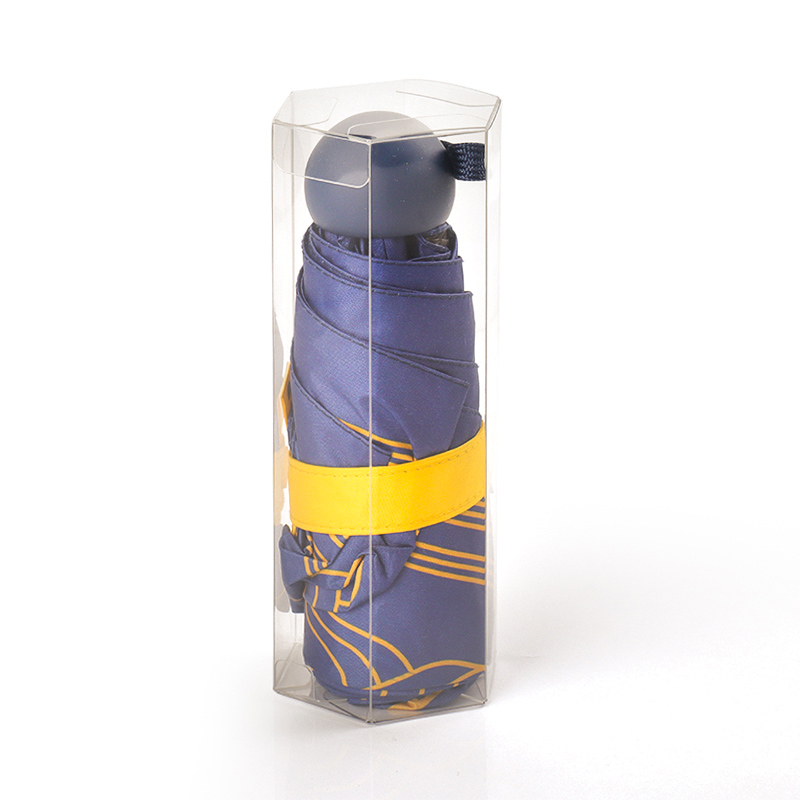Les boîtes transparentes, comme leur nom l'indique, sont des boîtes d'emballage transparentes, c'est-à-dire des boîtes d'emballage fabriquées à partir de matériaux transparents tels que le PVC/PP/PET. Le choix du matériau dépend de l'utilisation prévue et des préférences du fabricant. Parmi les matériaux les plus couramment utilisés figurent les plastiques tels que le PVC/PP/PET, l'acrylique et le polycarbonate.
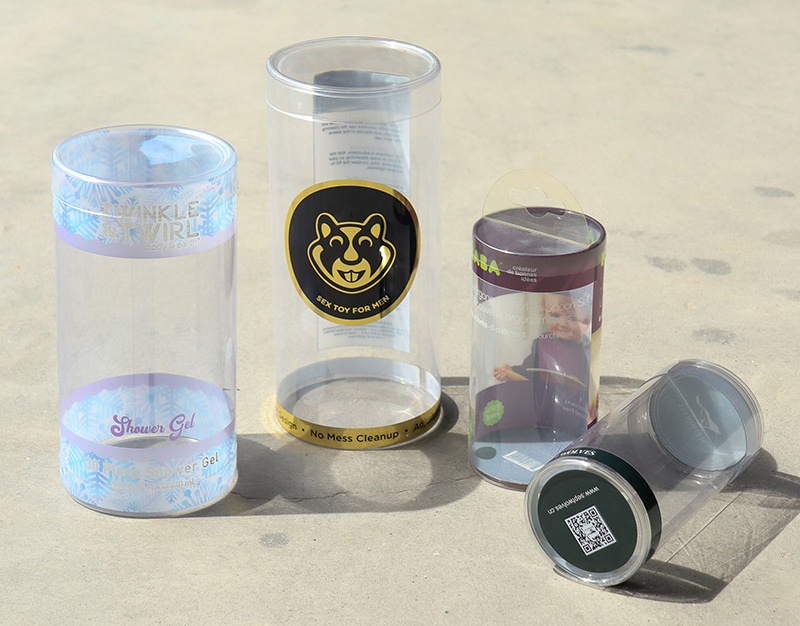
Material of clear boxes
Due to its affordability and versatility, plastic is probably the most popular material for clear boxes. These boxes are usually made of polyethylene, polypropylene, or PVC and can be molded into a variety of shapes and sizes. They are lightweight and durable, making them perfect for packaging and displaying a wide variety of products.
The general plastic box packaging is made of PET, PVC, PP and other materials. The thickness of PVC and PET mostly ranges from 0.1-0.5mm, and the thickness of PP can reach 0.75MM. The specific rules can be customized according to the customer's product display requirements. The following is a description of various materials used in transparent boxes:
PVC
PVC material is a common transparent packaging material, and the price is relatively cheap. The application of PVC in the EU is limited. The color of the PVC packaging box looks yellowish, translucent, and shiny. The transparency is better than that of polyethylene and polypropylene. The hardness of hard products is higher than that of low-density polyethylene, but lower than that of polypropylene. Whitening will appear at the inflection point.
Caractéristiques de la boîte d'emballage en PVC :
- Good overall performance and wide application
- Easy molding, suitable for a wide range of molding equipment
- The price is relatively low
- It is low-carbon and environmentally friendly, with various types of products
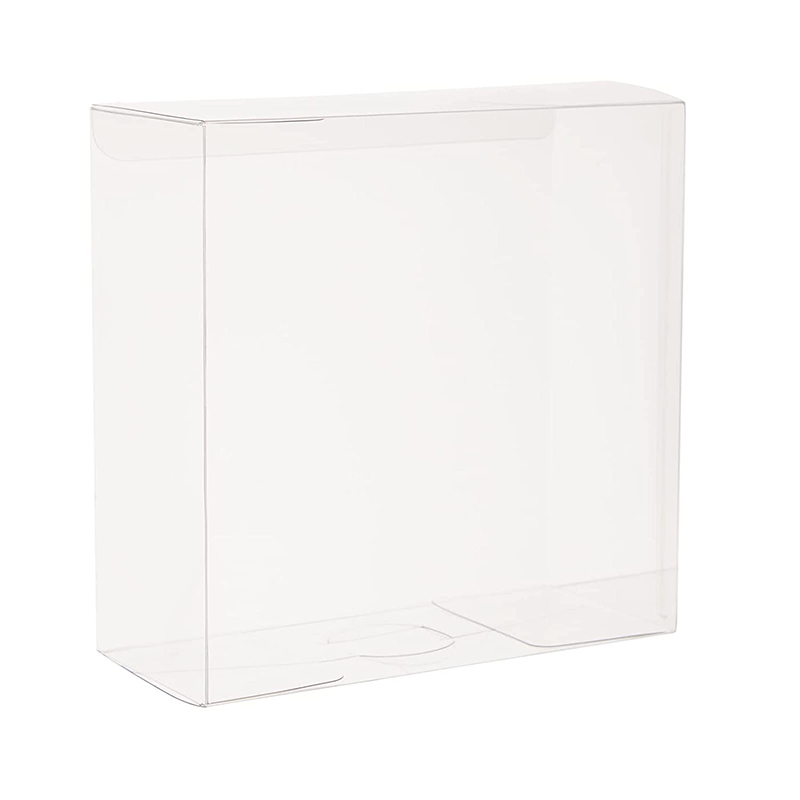
PET
PET material is an environmentally friendly material and the best substitute for PVC. The PET clear box contains a protective film, which is not scratchy and more durable. The folding box with thick and soft lines makes the appearance more three-dimensional and highlights the role of the product. PET has good optical properties and weather resistance, transparency, gloss and other aspects of performance. But the heat resistance is relatively poor.
PET transparent packaging box features:
- Easy processing
- Degradable
- High transparency
- No watermark
- Stable performance
PP
PP plastic is polypropylene plastic, which is relatively soft and relatively poor in transparency, but has the best heat resistance, and can reach 125 degrees without deformation. PP plastic is non-toxic and has no harm to the human body. Cups made of polypropylene are non-toxic, and the processing temperature (°C) is 180-240 during manufacture. So boiling water won't break it down. Therefore, there is no need to worry about the toxicity of edible utensils.
PP packaging box has the following advantages
- The effect is good, there are many types of plastics, easy to color, and the color is bright. Different types of packaging containers can be made according to needs, and better packaging effects can be achieved.
- Easy to shape, just change the mold, you can get different kinds of containers, and easy to form mass production.
- It has better corrosion resistance, acid and alkali resistance, oil resistance, impact resistance, and better mechanical strength.
- It can be used transparently, and the product style in the package can be seen without opening the package.
- Can design various colors and patterns, and design different shapes to improve the grade of products
Acrylic
Acrylic is another popular material for clear boxes because of its strength and transparency. These boxes are commonly used for high-end cosmetic and jewelry displays, as well as household storage containers. Acrylic boxes are usually more expensive than plastic boxes, but they offer superior clarity and durability.
polycarbonate
Polycarbonate is a newer material that is becoming more popular in clear boxes. This material is extremely durable and unbreakable, making it ideal for wrapping delicate or expensive items. It is also heat and chemical resistant, making it suitable for laboratory and industrial applications.
clear boxes process:
Lamination, stamping, bonding, heat sealing, hemming, flex line, lamination, frosting, twill etc.
Product structure:
Plastic folding boxes can be designed into hundreds of structures according to the shape of the product, including square folding boxes, triangular folding boxes, apple pie folding boxes, hexagonal folding boxes, world boxes and so on.
Printing and Process:
- Four-color or six-color printing can be carried out according to customer requirements and designs.
- Four-color printing, silk screen printing 1~2 colors.
- Hot stamping or hot silver UV varnish matte
- Surface treatment: complex protective film, can be used for antistatic treatment
Advantages of clear boxes
- The contents of the box can be observed from the outside
- The packaging is permanently durable, cold-proof, waterproof, high-toughness, and has strong transportation safety performance
- It can effectively improve the product packaging grade. increase attractiveness
- The plastic box is environmentally friendly, non-toxic, and has high transparency. PP, PET, and APET materials are environmentally friendly and non-toxic, except for PVC.

At Jiangxin, customers can customize the shape, size, material and printing effect according to their needs. With professional technology and rich experience, Our Boîtes pliantes en plastique transparent will definitely effectively improve your product image and sales.
In conclusion, Clear Plastic Boxes can be made from a variety of materials, each with its own unique properties and advantages. When choosing a clear box, it is important to consider factors such as cost, durability, clarity, and aesthetics. Transparent packaging boxes are suitable for the needs of various industries such as cosmetics, food, gifts, clothing, stationery, high-tech electronic products, health care products, hardware products, various fishing tackle, handicrafts, and toys.
Produits apparentés






















